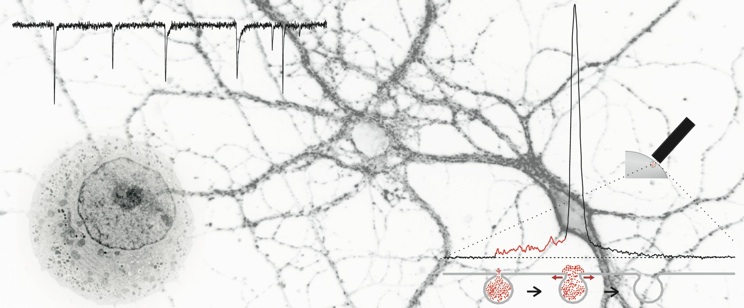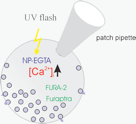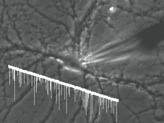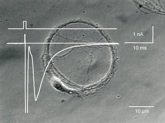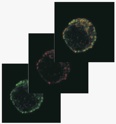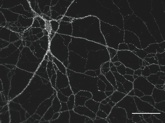Research
The work of the group focuses on the molecular mechanisms of exocytosis that is central to communication between nerve cells. Ca2+-triggered neurotransmitter release is one of the fastest things animal cells can do. Over the last years we have studied the function of different synaptic proteins with a variety of methodological approaches. Among many factors involved in exocytosis, the soluble NSF receptor proteins, the SNARE proteins, are the best-characterized as catalysts of the underlying membrane fusion reaction. The exact mechanism of how this occurs and how the SNARE proteins mediate fusion at the millisecond timescale is still the matter of debate. The challenge is to unravel interactions of exocytotic proteins and to correlate distinct steps in the fusion process with biochemically defined counterparts.
|
|
